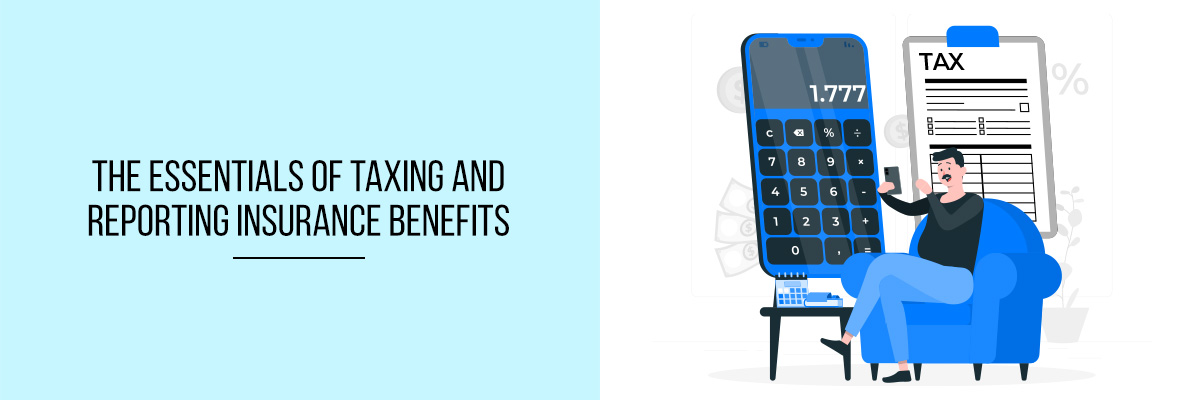The IRS has always required employers to report annual benefits paid to employees in the form of employer-sponsored health insurance, employer-sponsored medical and dental insurance, employer-sponsored life insurance, and employer-sponsored disability insurance. The Affordable Care Act (ACA) requires employers to report the cost of employer-sponsored medical and dental coverage. In addition to the annual reporting requirements, an employer may be required to report additional benefits, such as salary reductions and distributions that are not taxable, if federal law or a court order requires that they be reported.



Reporting Insurance Benefits
The Affordable Care Act (ACA) has come under fire for some of the ways it was implemented. One of the most controversial aspects of the ACA is its tax reporting requirement. Employers are now expected to report on Form W-2 on the amount of contributions made to any retirement plans the employer offers. Employers are also required to provide information to their employees regarding medical and dental benefits available through the employer.
Failure to do so can result in several penalties, including the possibility of being hit with a fine, being required to pay back tax-free fringe benefits, or having their tax-free plan benefits restricted.
Medical and Dental Reporting on IRS form W-2
The W-2 form, a tax form for employers to report employee wages and compensation, is a required tax filing for most employers, including those with small businesses. Employees may have to file a separate W-2 if they have been paid by a side or freelance job or if they have been paid as self-employed.
W-2 reporting is not as simple as one would think. The W-2 form, which is sent by the employer to the IRS, is also used as a form of proof that an employee has health insurance, and there are big differences between the two.
The costs for employer-sponsored health care insurance, given in Workday and on the W-2, can differ because Workday shows an averaged outlay charged to the UW for each worker, set in legislation, and not individualized to a particular. The W-2 also shows the deductions for employer-sponsored health care insurance, which is displayed on the W-2 box 12 code DD.
Final Words
The IRS publishes its own list of employer-sponsored medical and dental costs that are subject to the reporting requirements under the Affordable Care Act. The IRS also requires you to report the cost of coverage to employees on Form 1095-B. The IRS recommends you provide the form to your employees by January 31 but warns that the IRS does not grant extensions of time to furnish the 1095-B. Flexible spending plans are also subject to reporting requirements.
Attend the Compliance Prime webinar to learn more about tax reporting and insurance benefits.


